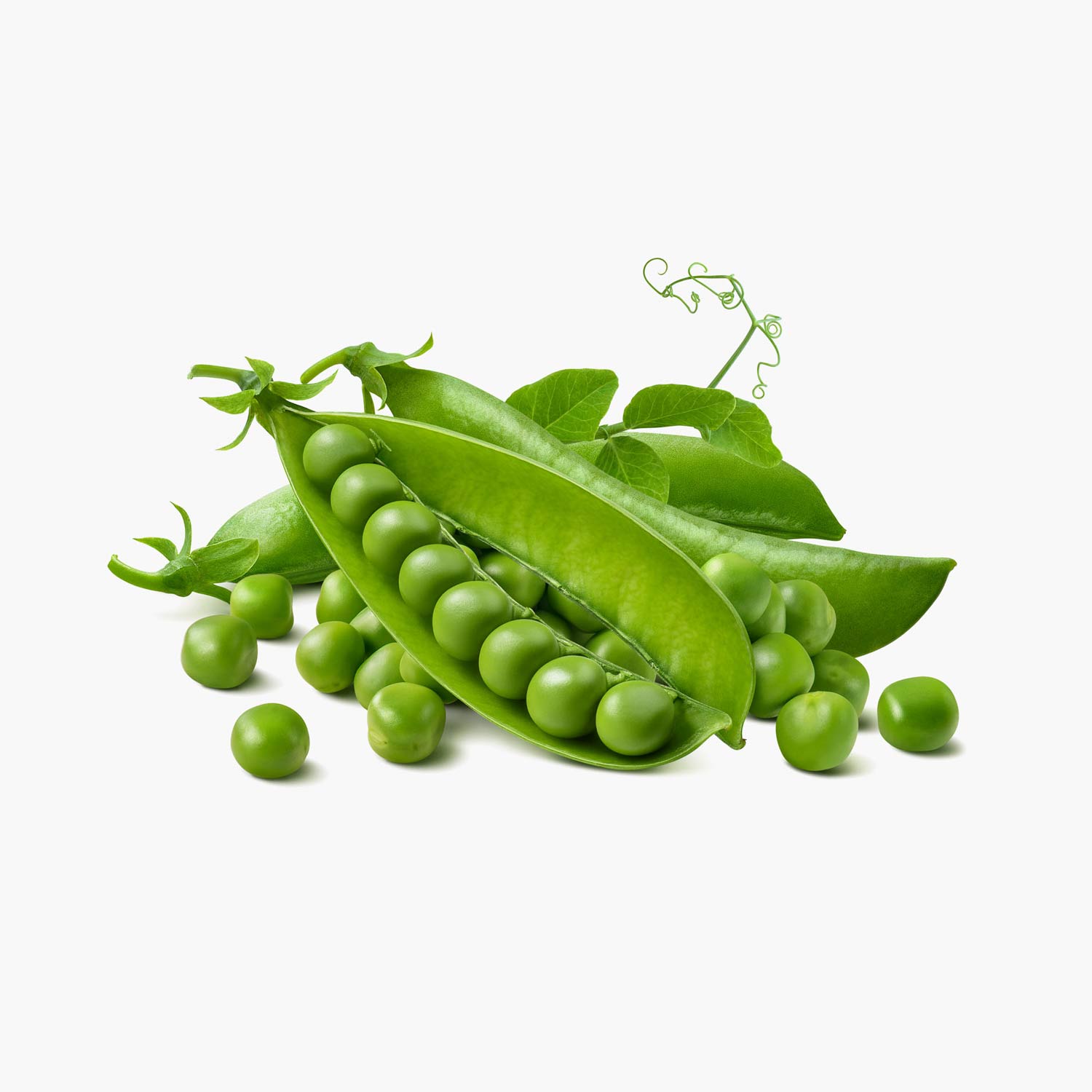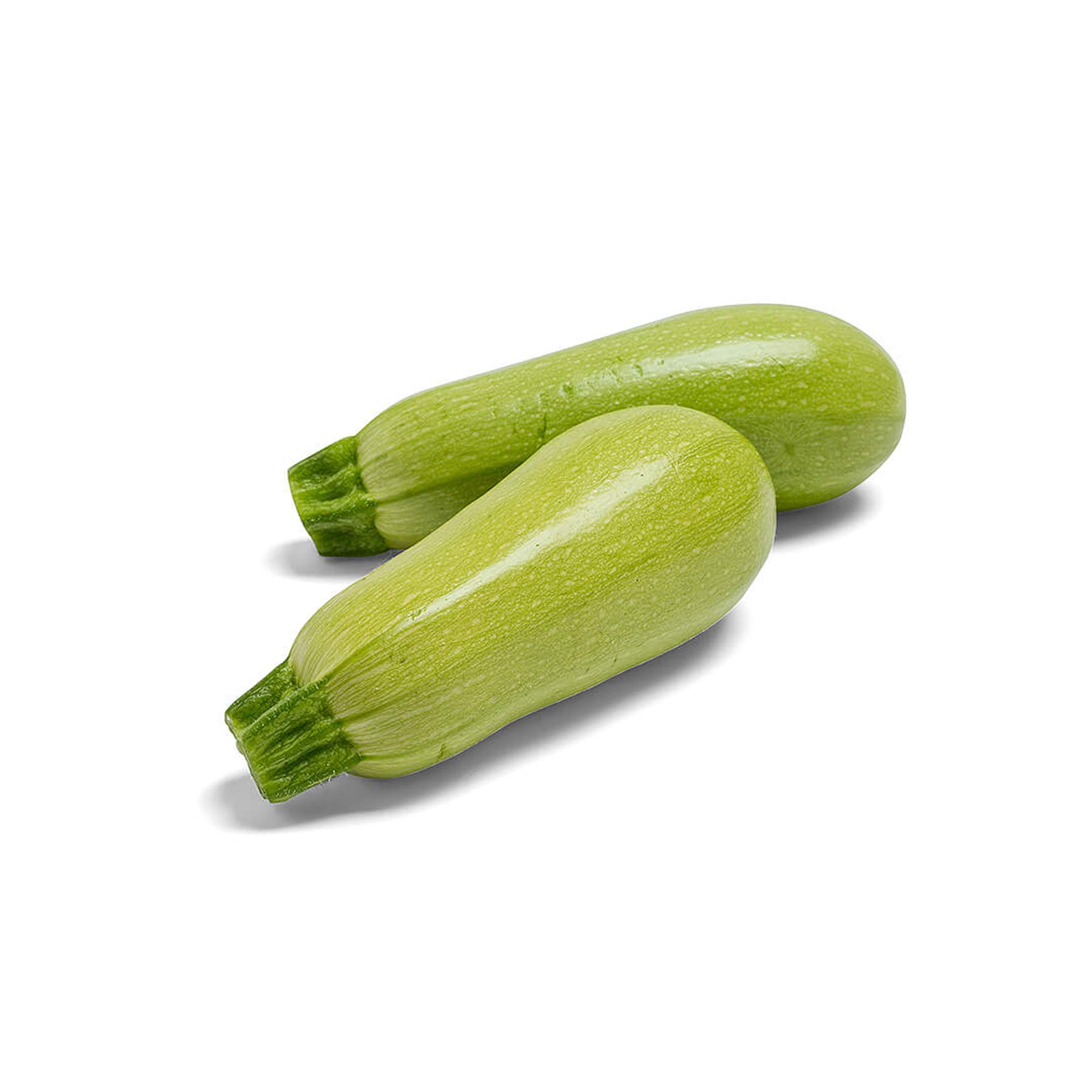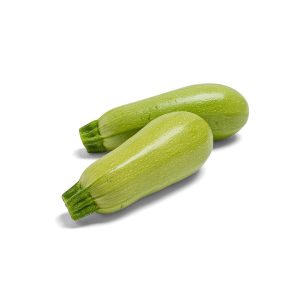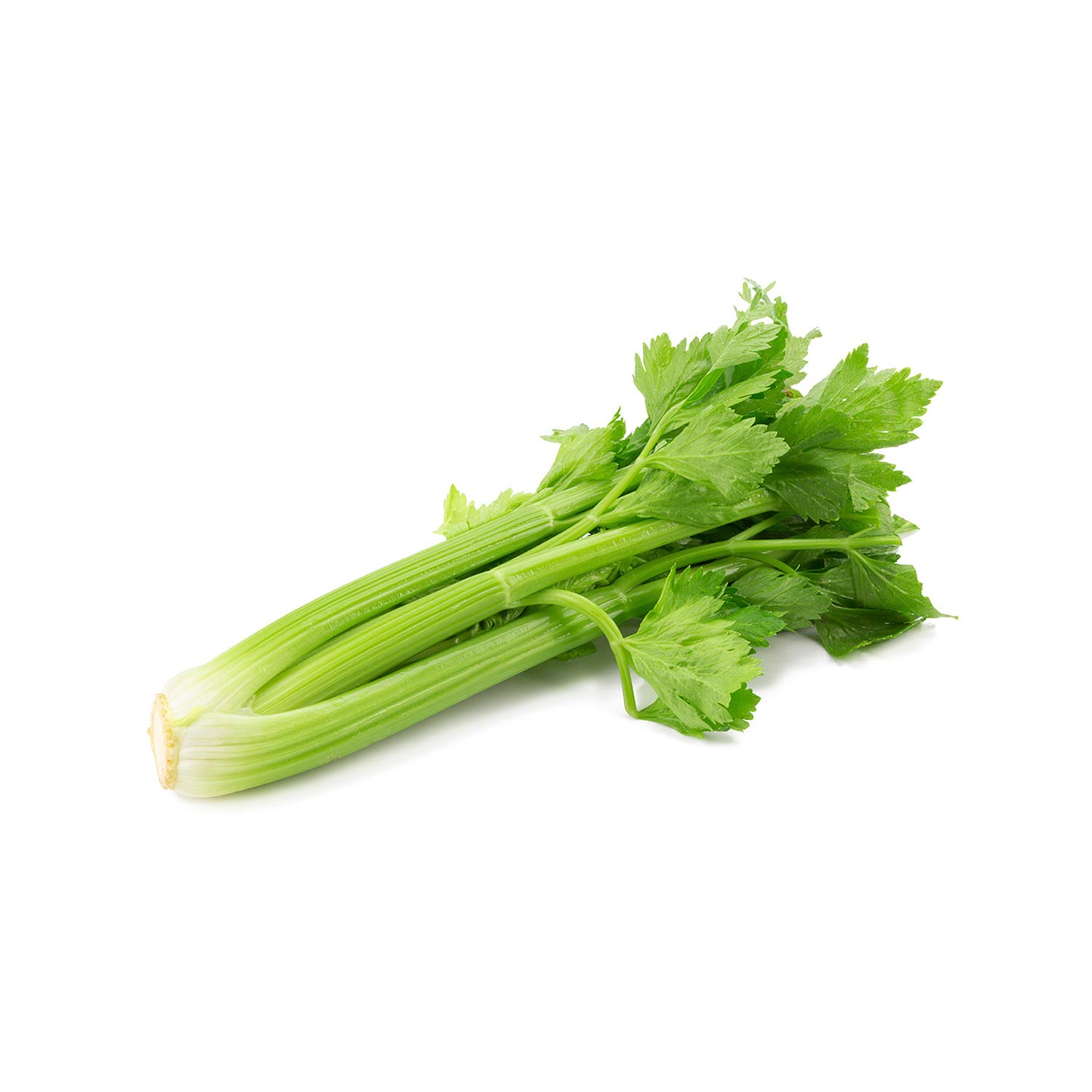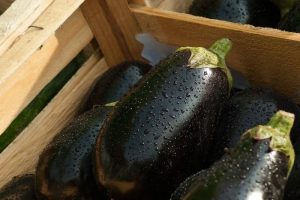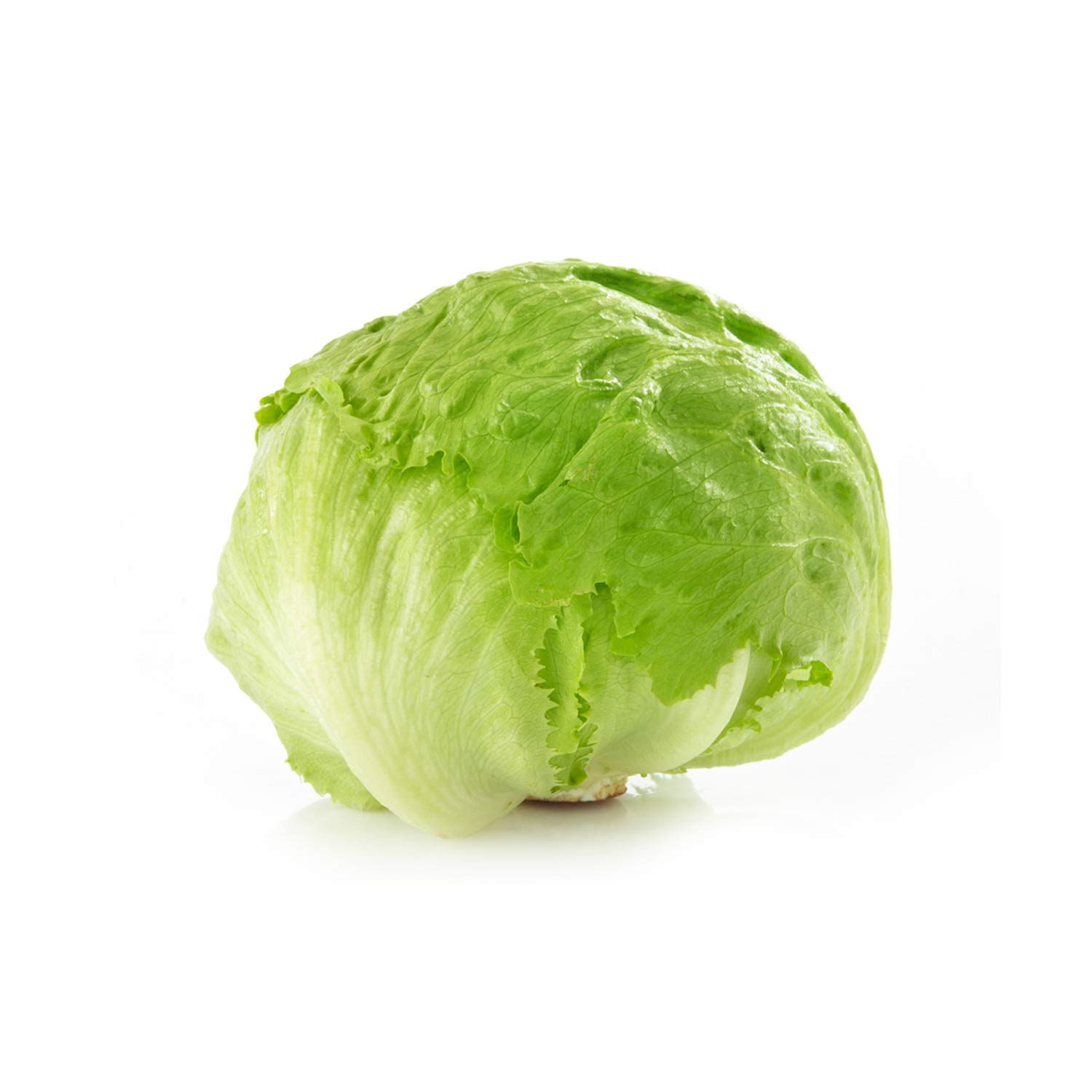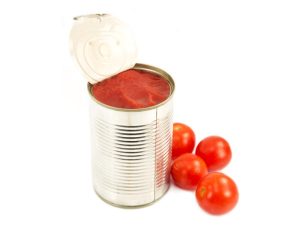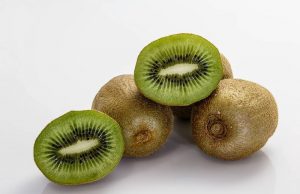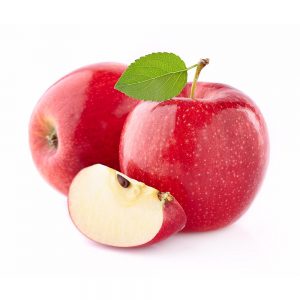Exploring the Nutritional Benefits
Green peas, small but mighty, are a popular vegetable that offers numerous health benefits. Often overlooked, these vibrant legumes are not only delicious but also packed with nutrients. One common question among health-conscious individuals is: do green peas have protein? This article delves into the protein content of green peas, their nutritional benefits, and how to incorporate them into your diet.



Nutritional Profile of Green Peas
A Nutrient-Dense Legume
Green peas (Pisum sativum) are often classified as a vegetables, but they are technically legumes. They are low in calories and high in essential nutrients, making them an excellent addition to a balanced diet. Here’s a breakdown of the key nutritional components of green peas:
- Protein: One cup (approximately 160 grams) of cooked green peas contains about 8 grams of protein, making them a valuable plant-based protein source.
- Fiber: Green peas are rich in dietary fiber, with about 7 grams per cup, promoting digestive health.
- Vitamins and Minerals: They are an excellent source of vitamins A, C, K, and several B vitamins, as well as important minerals like iron, magnesium, and potassium.
The Protein Content of Green Peas
Plant-Based Protein Powerhouse
Yes, green peas do contain protein! While they may not have as much protein as meat or dairy products, their protein content makes them a great option for vegetarians and vegans looking to increase their protein intake. The protein found in green peas is of high quality, containing all nine essential amino acids necessary for various bodily functions, though they are lower in some amino acids compared to animal sources.
Benefits of Plant-Based Protein
- Supports Muscle Growth and Repair: The protein in green pea can help support muscle growth and repair, making them an excellent post-workout food.
- Weight Management: High in protein and fiber, green pea can help you feel full longer, aiding in weight management and reducing overall calorie intake.
- Heart Health: Plant-based proteins, like those found in green peas, are associated with a lower risk of heart disease compared to animal proteins.
How to Incorporate Green Peas into Your Diet
1. In Salads and Grain Bowls
Add cooked or frozen green peas to salads and grain bowls for an extra protein boost. Their sweet flavor and vibrant color enhance the visual appeal and nutritional value of your dishes.
2. In Soups and Stews
Incorporate green peas into soups and stews for added texture and flavor. They can complement a variety of recipes, from creamy pea soup to hearty vegetable stews.
3. As a Snack
For a quick and nutritious snack, try roasting green peas for a crunchy alternative to chips. Simply toss them with olive oil and your favorite seasonings before baking.
4. In Smoothies
Blend green peas into smoothies for an unexpected protein boost. They can add a subtle sweetness and creamy texture without overpowering the flavor of your drink.

